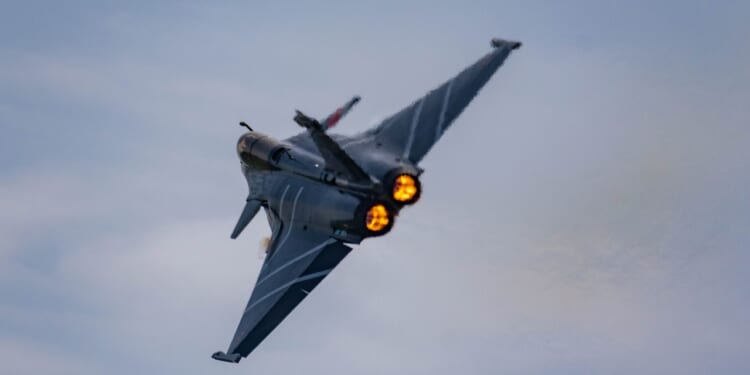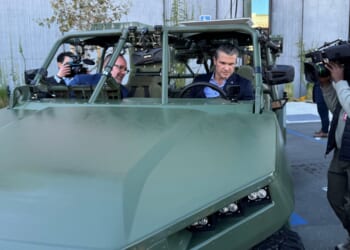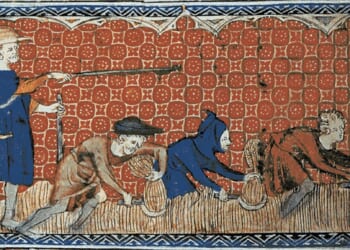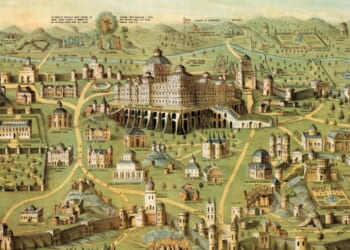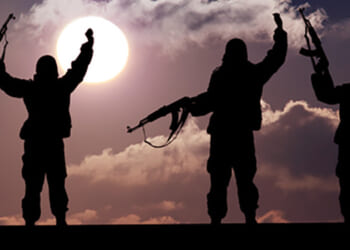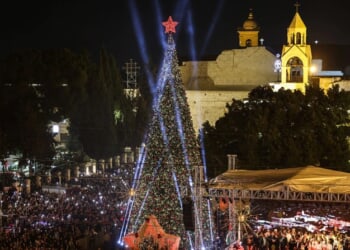Even with the recent increase in manufacturing, it will take more than four and a half years for Dassault’s current backlog of orders to be met.
Dassault Aviation announced this month that it had completed production of its 300th Rafale fighter jet. France’s omnirole aircraft remains in high demand around the world, with customers from eight foreign nations now operating or adopting the aircraft.
The aerospace firm further stated that a total of 533 Rafales are on order as of this month from the French Air and Space Forces and foreign customers. To date, 233 of these have yet to be delivered, with 53 more slated for France. To better address the backlog, Dassault will increase its production to four aircraft per month.
Even with the increase in manufacturing, it will take more than four and a half years for the current orders to be met—provided there are no delays in the supply chain, and to say nothing of future orders!
The Dassault Rafale’s Specifications
- Year Introduced: 2001 (entered French Navy service; 2006 for French Air Force)
- Number Built: ~240+ delivered as of 2024 (production ongoing for export customers)
- Length: 50 ft 2 in (15.3 m)
- Wingspan: 35 ft 9 in (10.9 m)
- Weight:
- ~22,000 lb (10,000 kg) empty
- ~54,000 lb (24,500 kg) MTOW
- Engines: Two Safran (formerly Smecna) M88-2 turbofans (17,000 lbf each with afterburner)
- Top Speed: Mach 1.8 (approx. 1,190 mph / 1,915 km/h at altitude)
- Range: ~1,000 nmi (1,850 km) combat radius; ~2,000 nmi (3,700 km) ferry range with drop tanks
- Service Ceiling: ~50,000 ft (15,240 m)
- Loadout: 14 hardpoints (13 on Rafale M naval variant); 9,500 kg (20,900 lb) total payload capacity
- Aircrew: 1 (Rafale C and M); 2 (Rafale B twin-seat variant)
What to Know About the Rafale Fighter
The Dassault Rafale—literally meaning “gust of wind,” or “burst of fire” in a military sense—was conceived for use by the French Air Force and Navy as an omnirole fighter, intended to replace seven different types of French combat aircraft in operation at the time of its development. The plane traces its origins back to the Avion de Combat Experimental (ACX) program in the early 1980s. France withdrew from the multinational European Fighter Aircraft (EFA) project in 1985, which went on to develop the Eurofighter Typhoon.
There has been speculation that Paris bailed out of EFA as it sought a smaller and lighter combat aircraft that could operate from its aircraft carriers.
The ACX initially took the form of a technology demonstrator and was first flown in July 1986, later redesignated as the Rafale A.
That initial aircraft established the primary design features for the finalized Rafale, including its basic aerodynamic configuration, a fly-by-wire control system, and a structure that extensively utilized composite materials. In the years that followed, the aircraft was developed to carry out a wide range of missions, hence its “omnirole” designation. It can serve in several roles, including air defense/air superiority, anti-access/area denial, reconnaissance, close air support, dynamic targeting, air-to-ground precision strike/interdiction, anti-ship attacks, nuclear deterrence, and even buddy-buddy refueling.
The Dassault Rafale entered service in 2001, and since then, it has undergone steady upgrades and improvements, resulting in its F4 configuration, which has been described as a “4.5-generation” fighter.
It has taken part in combat operations in Afghanistan, Libya, Mali, Iraq, and Syria.
With development underway for the F5 model, which will enhance its electronic warfare (EW) capabilities, allow for drone integration and combat cloud functionality, it is slated to remain the French military’s primary combat aircraft until at least 2050.
The Dassault Rafale Is a Symbol of French Engineering
Production of the Dassault Rafale is overseen by the Direction générale de l’Armement, with approximately 400 French-based firms supplying components for the aircraft. The program supports more than 7,000 direct jobs and tens of thousands more indirectly through the supply chain, making the Rafale a vital part of the French defense industry.
“It is a cornerstone of France’s industrial and military sovereignty thanks to the critical technologies it has developed and the export successes it has achieved,” Dassault explained.
Exports of the Dassault Rafale began in 2015, when Egypt became the first foreign buyer of the fighter. Current orders have come from India, Croatia, and Serbia, with Iraq now considering whether to adopt the Rafale.
About the Author: Peter Suciu
Peter Suciu has contributed over 3,200 published pieces to more than four dozen magazines and websites over a 30-year career in journalism. He regularly writes about military hardware, firearms history, cybersecurity, politics, and international affairs. Peter is also a contributing writer for Forbes and Clearance Jobs. He is based in Michigan. You can follow him on Twitter: @PeterSuciu. You can email the author: [email protected].
Image: Shutterstock / Flavien Dessertine.

